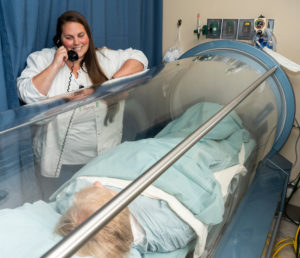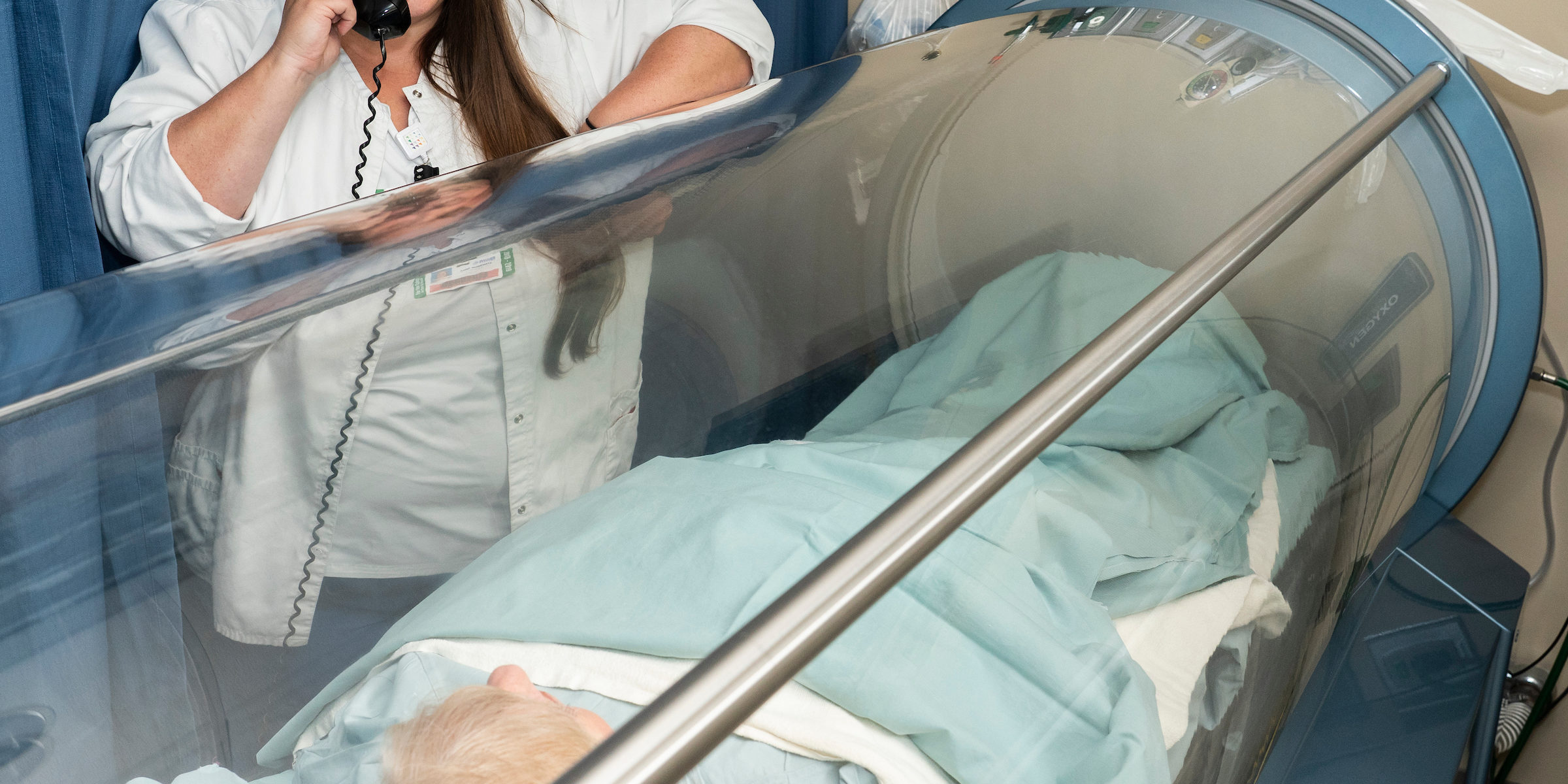 Cancer treatments are necessary and lifesaving, but just like with any procedure or even medications, there is always some risk for complications or side effects. Radiation treatment is useful in fighting cancer because it can interfere with the DNA of the cancer cells and stop them from rapidly dividing and replicating. However, radiation can also have the same effect on healthy, normal tissue surrounding the cancer. Differences in tumor type, the extent of the cancer, type of radiation used, and the total amount of radiation prescribed can affect chances of developing complications.
Cancer treatments are necessary and lifesaving, but just like with any procedure or even medications, there is always some risk for complications or side effects. Radiation treatment is useful in fighting cancer because it can interfere with the DNA of the cancer cells and stop them from rapidly dividing and replicating. However, radiation can also have the same effect on healthy, normal tissue surrounding the cancer. Differences in tumor type, the extent of the cancer, type of radiation used, and the total amount of radiation prescribed can affect chances of developing complications.
“Radiation therapy is an important therapeutic option for many people dealing with the difficulties of cancer and it can provide great outcomes with limited adverse effects,” said Jerry George, DO, oncologist. But radiation therapy for cancers in certain areas of the body, such as the pelvis, can have an adverse effect by irritating the bladder and urinary tract. This irritation and inflammation of the bladder caused by radiation treatment is known as radiation cystitis, however, “radiation cystitis is an uncommon adverse event with severe symptoms occurring in less than five percent of people who have received pelvic radiation therapy,” Dr. George said.
Radiation cystitis typically occurs after radiation treatment for bladder cancer, or tumors in the regions around the bladder such as the colon, rectum, ovaries, uterus, and prostate. It can develop several weeks to many years after the completion of radiation therapy. The severity of the irritation varies from person to person. Milder symptoms may include increased frequency, urgency, and painful urination. Severe symptoms can include urinary incontinence, blood in the urine, fistula formation (a hole that forms between two organs), or the necrosis (dying) of bladder tissue.
Radiation cystitis can be detrimental to a patient’s overall wellbeing, especially after already having gone through the physical and emotional rigors of cancer treatment. Treatment for radiation cystitis varies depending on the severity of the symptoms. Some treatments include inserting certain medications into the bladder through a catheter which may alleviate symptoms like bleeding, or antioxidant therapies. However, one method of treatment which is non-invasive and not only helps with symptom relief but also has the capability of stopping the progression of further cystitis is Hyperbaric Oxygen Therapy (HBOT).
How does HBOT work?
The body’s tissues need the right amount of oxygen to function. When tissue is injured, or in the case of radiation cystitis, inflamed as a side effect of radiation therapy, it requires even more oxygen to survive. Patients receive HBOT treatment(s) in a comfortable, pressurized chamber that delivers 100 percent oxygen. As the increased oxygen saturates the red blood cells as well as blood plasma, it circulates throughout the body, reaching tissues deprived of oxygen that the body was previously unable to recognize as in need of healing. This means that HBOT helps repair the damage caused by radiation by encouraging new blood vessels growth and reestablishing blood flow to areas that are in danger of necrosis (tissue death) to help maintain and repair bladder function. Treatment usually consists of 30-to-40-minute sessions over a period of six to eight weeks.
According to a study, even patients with milder symptoms of radiation cystitis treated with HBOT within six months of the onset of their symptoms showed a 96 percent complete or partial resolution of their symptoms. This suggests that the earlier you receive treatment, the better your potential outcome.
HBOT is used to treat specific conditions. If you’re suffering from radiation cystitis, talk to your doctor to see if you qualify for treatment.

